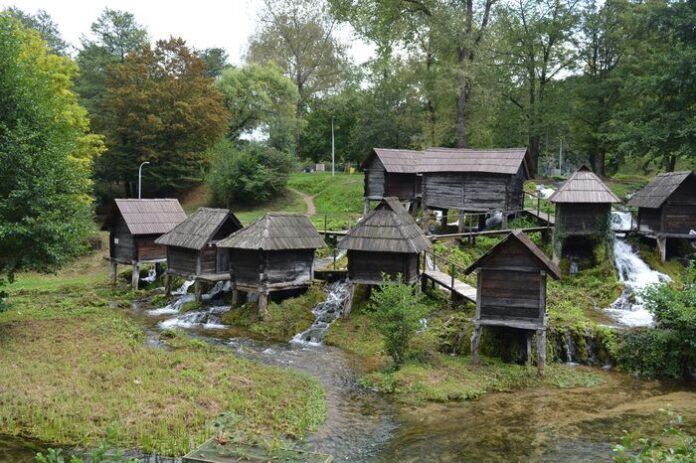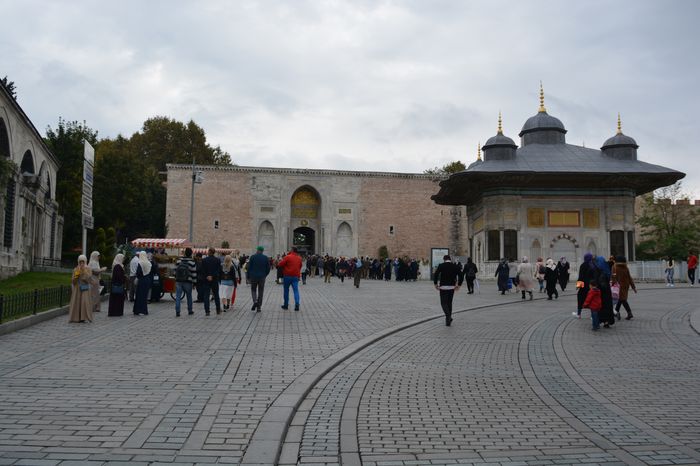Cooking is an art, not a science. Even when we have recipes, cooks must interpret and change them to make food enjoyable. When there are no recipes, like with many Byzantine dishes, recreating the food becomes more creative and guesswork. However, if we use ingredients, tools, and cooking methods known from that time and keep the recipe simple, the result will likely be close to the original dish.
Everyone’s taste is different, and tastes change over time and between cultures. So, making a historical dish that tastes good to modern people can still give us a good idea of what eating was like in the past. It may not be exactly what a Byzantine person ate, but it captures the spirit of the experience The Venetian Quarter of Constantinople Revisited.
Ingredients and Flavors in Roman and Byzantine Cooking
Romans who were wealthy had access to many spices and sauces, many coming from faraway places in the East. These added strong and unusual flavors to their food. However, most people ate simpler meals.
Across many poorer cultures, including Byzantium, the staple diet was usually made up of pulses, which are beans, lentils, and peas. These foods were cheap, nutritious, and easy to grow, making them the main part of everyday meals for most people Istanbul Fun Tours.
Reconstructing Byzantine Food Today
Because no detailed cookbooks from the Byzantine period survive, chefs and historians must rely on other evidence. Archaeological finds, written records, and comparisons with neighboring regions help us guess what people ate and how they cooked.
When reconstructing dishes, experts try to avoid complicated recipes with ingredients unknown or unavailable at the time. Instead, they focus on simple, authentic ingredients and traditional cooking methods like boiling, roasting, and baking.
Connecting Past and Present Through Food
Cooking historical dishes is a way to connect with the past. Even though we cannot perfectly recreate every flavor or meal, cooking and tasting these foods help us imagine daily life in Byzantine times. The goal is to enjoy the food while respecting its historical roots, creating a bridge between ancient and modern cultures.







